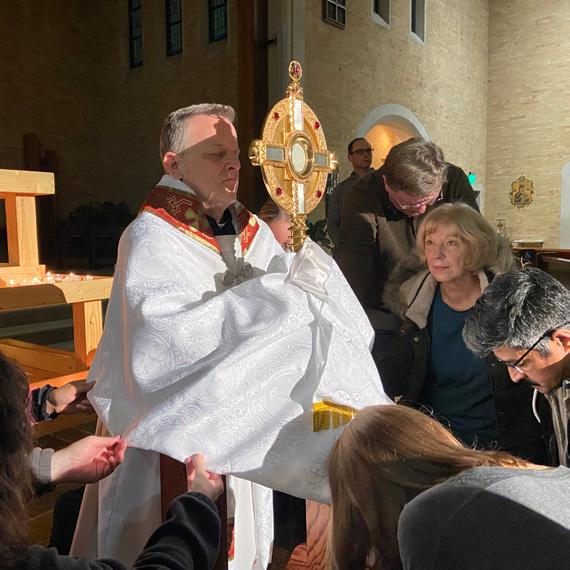Page 15
ON GERARD MANLEY HOPKINS BRIAN FINK
M
any have likely stumbled across the poetry of Gerard Manly Hopkins, perhaps in a high school or undergraduate English class. But if your experience was like mine, you may not have learned that Hopkins was a lifelong devout Christian who, at age 22, was received into the Catholic Church by St. John Henry Newman and, ten years later, became a Jesuit priest. One cannot hope to understand Hopkins the poet without understanding Hopkins the Christian. He lived until age 45, succumbing in 1899 to typhoid, after suffering for several years with the illness. He lived for 22 years as an Anglican and 22 as a Catholic. Hopkins was almost unknown as a poet during his lifetime, but because of his friend Robert Bridges’ efforts to promote Hopkins’ work after his untimely death, Hopkins is now considered to be one of the major innovative poets of the 19th century. With “Easter” -- a poem Hopkins’ penned in 1866, the
year of his conversion to Catholicism -- we see the foundational elements of poetry (things like poetic meter, simile, metaphor, nature imagery) employed with expertise to evoke by their use an experience for the reader of the Resurrection itself. The poem reads much like a triumphal Resurrection hymn with which Easter church-goers might be familiar. Hopkins draws upon images of springtime and new life; he includes biblical references to worship, homage, and both fasting and feasting, and concludes each stanza with direct reference to Easter morning, as a way to emphasize the singular significance of the Resurrection as the locus of both human history and the entire created universe. - Brian Fink teaches Middle School Religion and History at Resurrection School, and is a member of the Parish Formation Team at Church of the Resurrection.
BACK COVER: CHRIST WITH SINGING ANGELS This 15th century altarpiece by Hans Memling depicts a choir of angels singing and making music, surrounding Christ who raises his right hand in blessing. He is crowned as
King and his left hand rests on an orb, indicating his reign over heaven and earth. On his cloak are three gems, for the three persons of the Trinity. This vibrant work is paired with Hopkins’ Easter poem, drawing us into worship and an Easter joy that befits the saving work of Christ.








